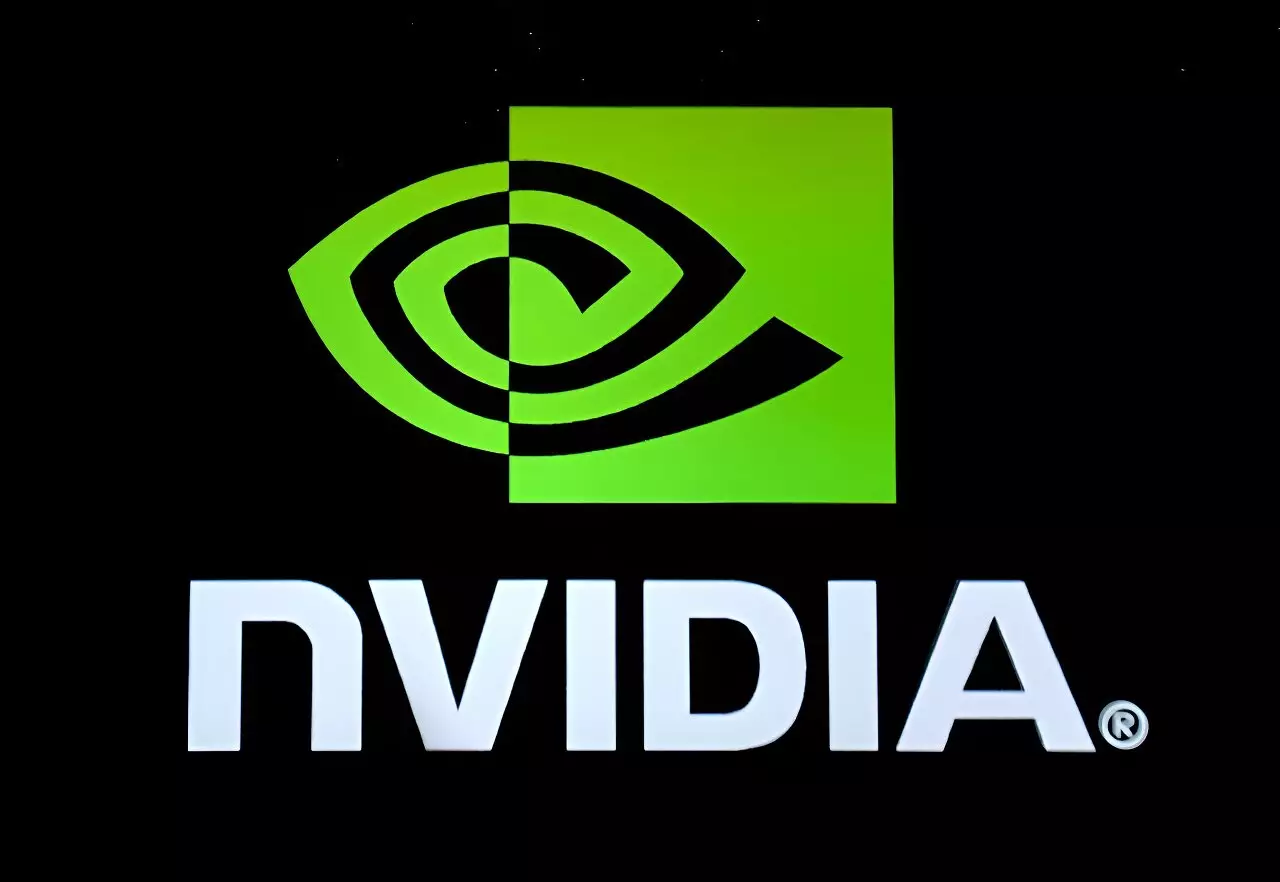Nvidia’s remarkable ascent in the AI hardware domain is often cast under a scrutinizing lens, with murmurs of regulatory investigations and market dominance debates. However, a closer examination reveals that Nvidia’s leadership is driven by genuine innovation, strategic foresight, and the unparalleled performance of its products. The recent US probe, questioning whether Nvidia has used its influence to deter competition, risks overshadowing the company’s real achievements. It is important to recognize that Nvidia’s success emerges from cutting-edge technology that has transformed the AI landscape, rather than from unscrupulous business practices.
The core driver behind Nvidia’s dominance is its unwavering commitment to pushing technological boundaries. Its GPUs are not merely tools but are quasi-architectural marvels capable of handling the immense computational workload AI demands. While critics argue that Nvidia might have created barriers for competitors, such claims ignore the fundamental principle that superior technology tends to attract industry adoption. Customers—ranging from tech giants like Microsoft and Google to emerging startups—choose Nvidia because they recognize that its solutions offer unmatched capabilities, efficiency, and scalability.
Market Power or Meritocracy? The Reality of Customer Choice
The heart of the controversy lies in whether Nvidia’s market position hampers competition or simply reflects customer preferences for the best available technology. Nvidia asserts its merit-based success, emphasizing benchmark results and the tangible value its products provide. However, the reality is nuanced. The company’s strategic investments in research and development, coupled with a robust ecosystem of software and tools, have positioned it as the go-to provider for AI infrastructure.
While some suggest that Nvidia’s influence may create de facto standards, it is equally true that innovation often leads to market leadership. Engineered hardware breakthroughs do not occur in a vacuum—they result from intense investment, scientific pursuit, and customer-driven feedback. Moreover, the presence of alternative options, such as AMD or emerging custom silicon from other players, indicates that a market extended by choice still exists. Nvidia’s challenge, then, is to maintain its technological edge amidst evolving competition rather than to suppress it.
The Political and Economic Context of the US Investigation
The US government’s inquiry into Nvidia’s business practices signals a broader concern about market fairness. While skepticism toward concentrated tech power is warranted, it is equally critical to avoid conflating dominant market position with illegality. Historically, technological leaders have faced similar scrutiny, and regulatory bodies have often responded with nuanced policies that support innovation without stifling competition.
Nvidia’s recent financial performance, with quarterly sales surpassing expectations at $30 billion, underscores its vital role in the AI revolution. The investment from giants like Microsoft and Amazon underscores the importance of Nvidia’s technology in shaping the future of AI-driven services. Nonetheless, the sharp dip in Nvidia’s share price following market jitters about the sustainability of the AI boom highlights a fundamental truth: innovation is inherently volatile, and market confidence can fluctuate rapidly.
In closing, Nvidia’s story is one of technological ingenuity, strategic clarity, and the ongoing challenge of balancing market dominance with fair competition. Rather than dismissing Nvidia as merely a product of monopolistic practices, it is essential to acknowledge its role as a catalyst in the AI revolution—one driven by merit, not mendacity.

